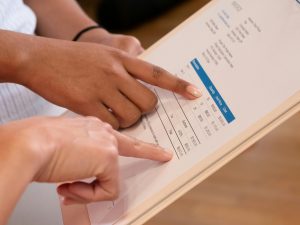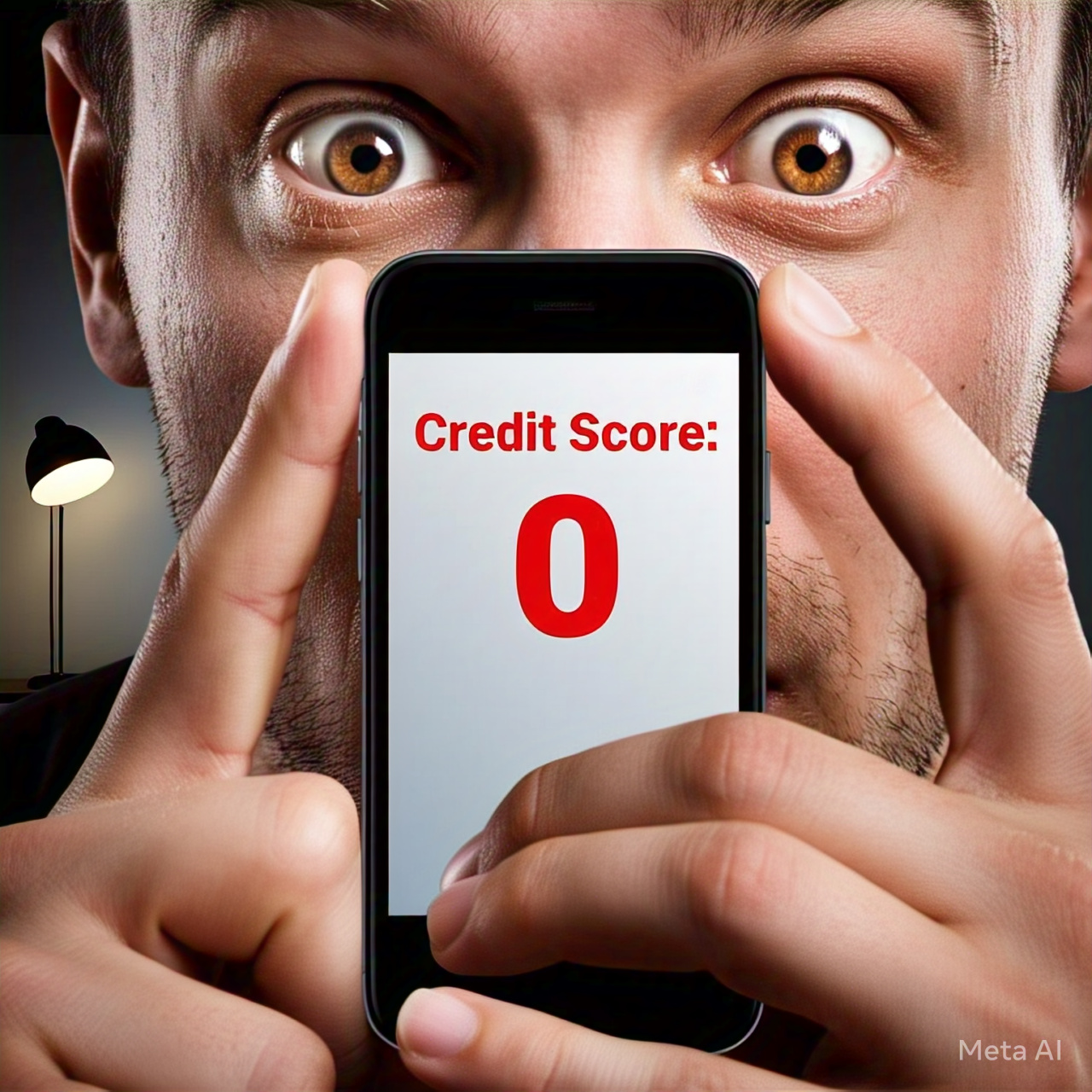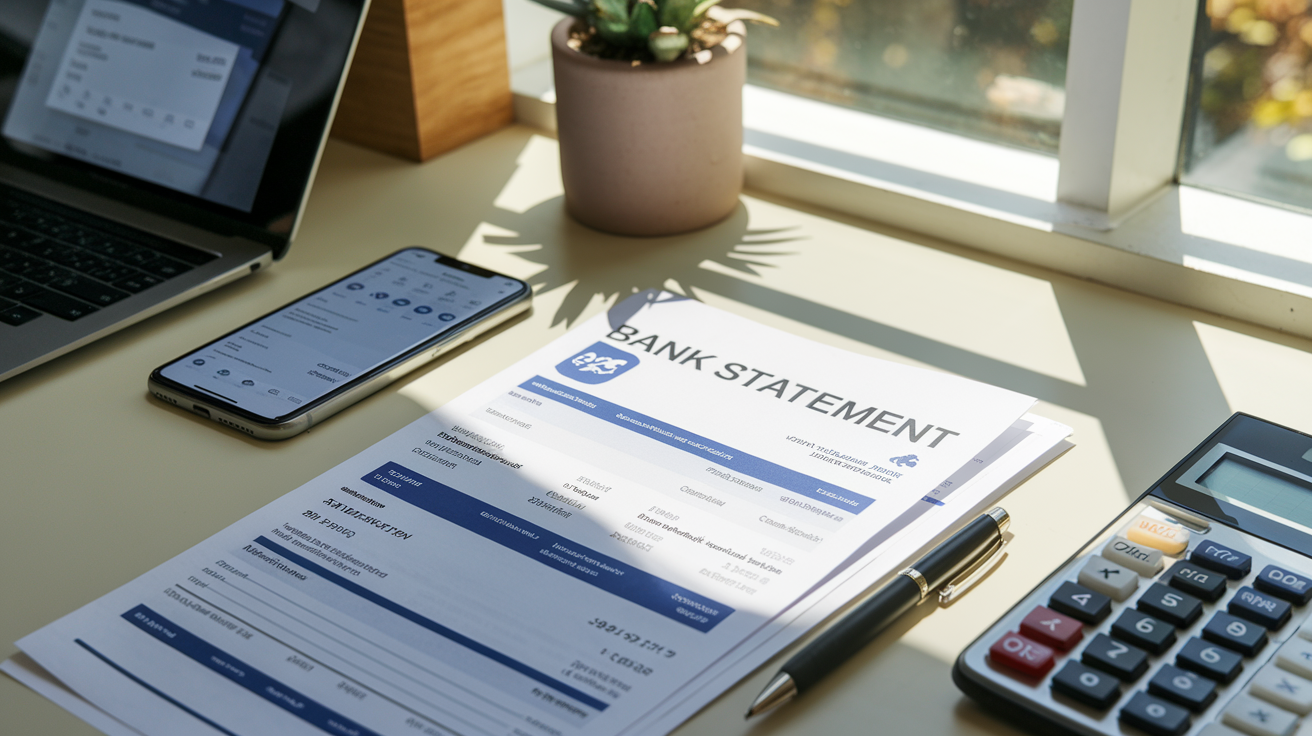Many have been tempted to tweak a bank statement.
But, what follows such an action? Today, I’ll reveal the harsh impact of submitting fake bank statements.From legal repercussions to financial damage,we’ll explore why honesty pays in the long run.Join me as we dive into real-life stories and preventive tips.
In today’s digital age, fake bank statements have become increasingly common. These fraudulent documents pose significant risks to individuals and businesses alike. Recognizing the authenticity of bank statements is crucial for maintaining financial integrity and avoiding potential legal issues.
Understanding the Risks
Impact on Personal Finance
Fake bank statements can lead to severe financial consequences. They may be used to secure loans fraudulently, resulting in debt and damaged credit scores. For businesses, accepting fake statements can lead to financial losses and compromised trust with clients and partners.
Legal Consequences
Using or accepting fake bank statements is illegal. It can result in criminal charges, fines, and even imprisonment. For businesses, it may lead to regulatory penalties and reputational damage.
Step 1: Visual Inspection
Check the Document Layout
Carefully examine the overall layout of the bank statement. Authentic statements typically have a consistent format with clearly defined sections for account information, transaction details, and balance summaries.
Look for Alterations in Fonts or Text Alignment
Pay attention to the fonts used throughout the document. Genuine bank statements use consistent typography. Any sudden changes in font style, size, or alignment could indicate tampering.
Verification of Bank Logo and Branding Consistency
Examine the bank’s logo and branding elements. Authentic statements feature high-quality, clear logos. Compare the statement with official bank documents or the bank’s website to ensure consistency in branding.
Step 2: Detail Verification
Confirm the Authenticity of Account Numbers
Verify the account number format. Most banks use specific formats for account numbers. If the format seems unusual or differs from your other statements, it might be a red flag.
Cross-verify Transaction Dates and Values
Review the transaction dates and amounts. Look for any inconsistencies, such as transactions on non-business days or amounts that don’t align with typical spending patterns.
Contact the Bank for Statement Confirmation
If you have doubts, don’t hesitate to contact the bank directly. Most financial institutions have procedures in place to verify the authenticity of their documents.
Protective Measures
Safekeeping Personal Banking Information
Always keep your banking information secure. Avoid sharing account details or passwords, and regularly update your online banking credentials.
Using Reliable Sources for Financial Documents
Obtain bank statements directly from your bank’s official website or mobile app. Be cautious of statements received through email or from third parties.
Conclusion

Identifying fake bank statements is crucial for protecting your financial well-being and avoiding legal troubles. By following these two simple steps – visual inspection and detail verification – you can significantly reduce the risk of falling victim to fraudulent documents. Remember to stay vigilant and regularly review your financial statements to ensure their authenticity.




